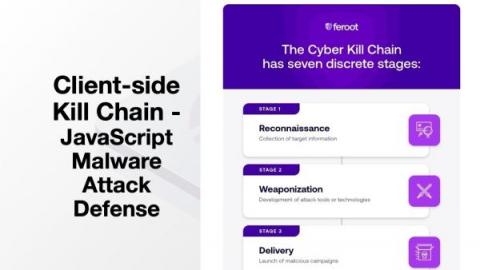The 5 Most Important Things Businesses Need to Know About JavaScript Security
In an ever-expanding web landscape, JavaScript is the glue that holds website and web application development together. But eventually, weaknesses, cracks, and gaps are going to appear in the JavaScript code. When this happens, businesses may find themselves at risk of something more dangerous. Understanding JavaScript security in today’s digital landscape, and the issues and problems related to vulnerable JavaScript code, are critical to protecting businesses and client-side interactions.











